I've had a RK chain for about 20,000 miles now ! But, I oil it daily just before I ride and I clean it about every month or two.
I was told JT sprockets are the best, so thats what I've been using on the front. They're cheap (in cost) and on ebay.
I had an expensive Supersprox on the rear for about 15,000 mile before it bit the dust. Just got a factory replacement on it now. I guess its Suzuki.
I was told JT sprockets are the best, so thats what I've been using on the front. They're cheap (in cost) and on ebay.
I had an expensive Supersprox on the rear for about 15,000 mile before it bit the dust. Just got a factory replacement on it now. I guess its Suzuki.



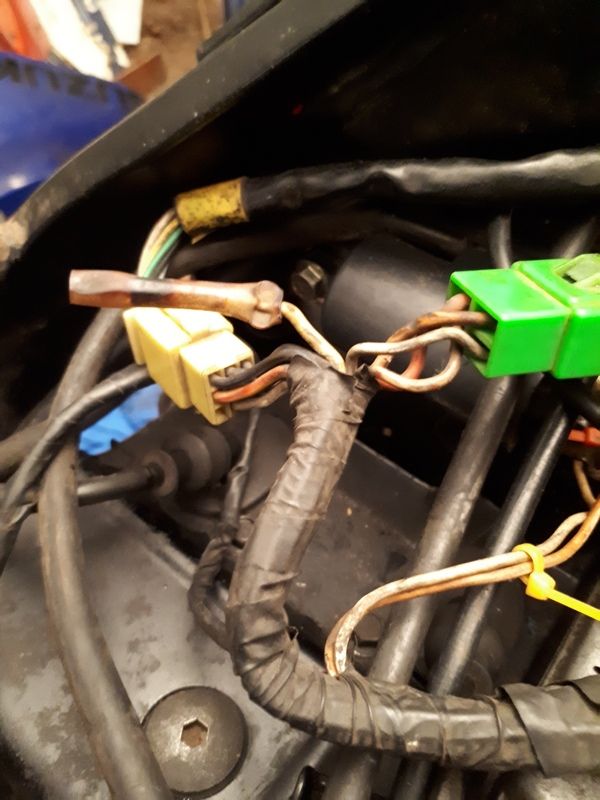
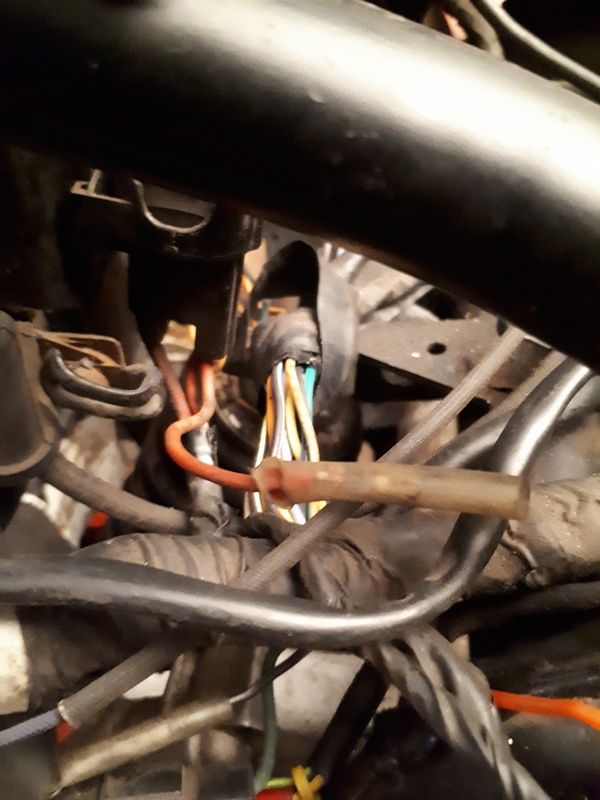

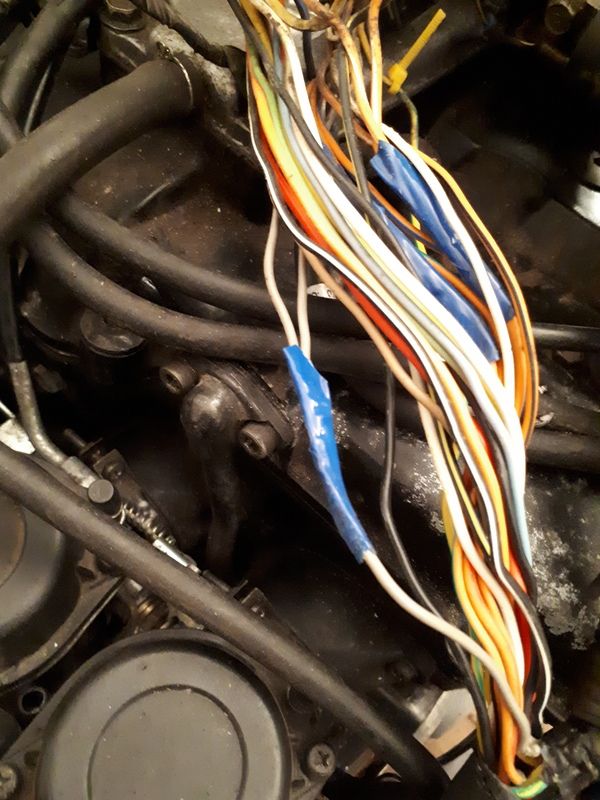
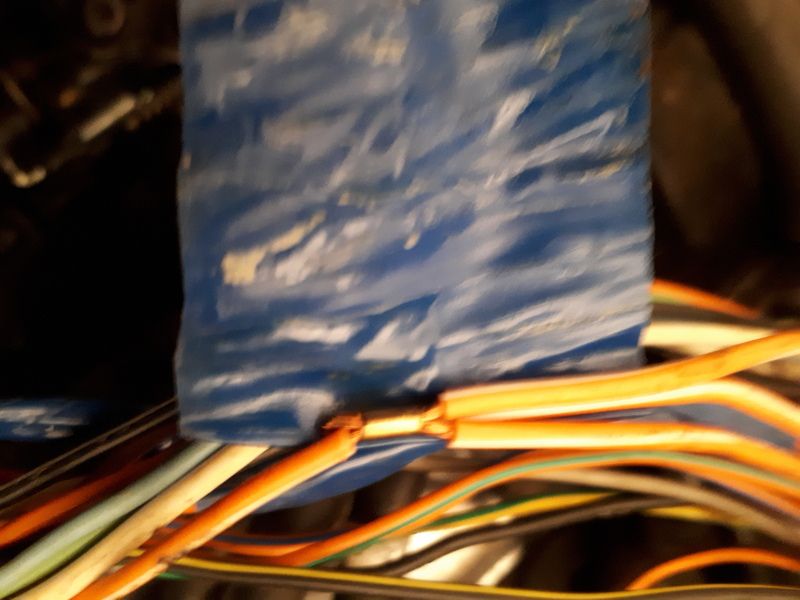
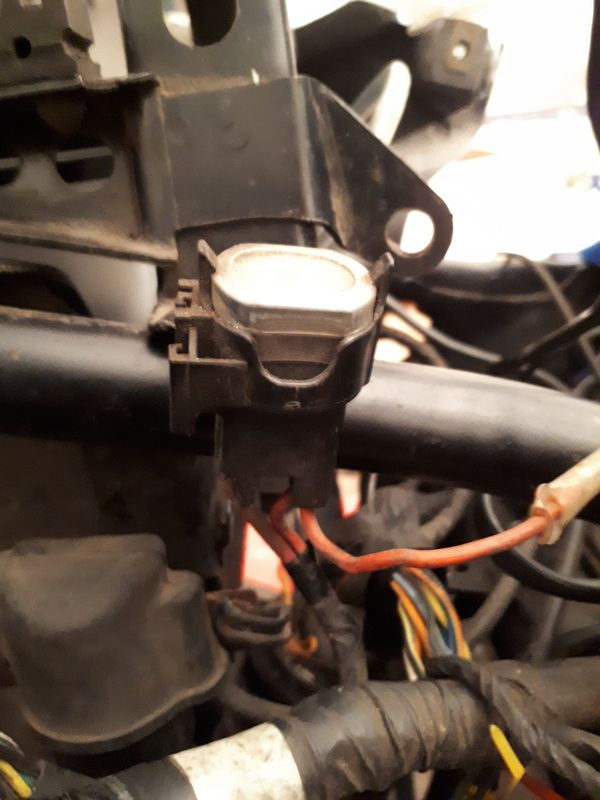


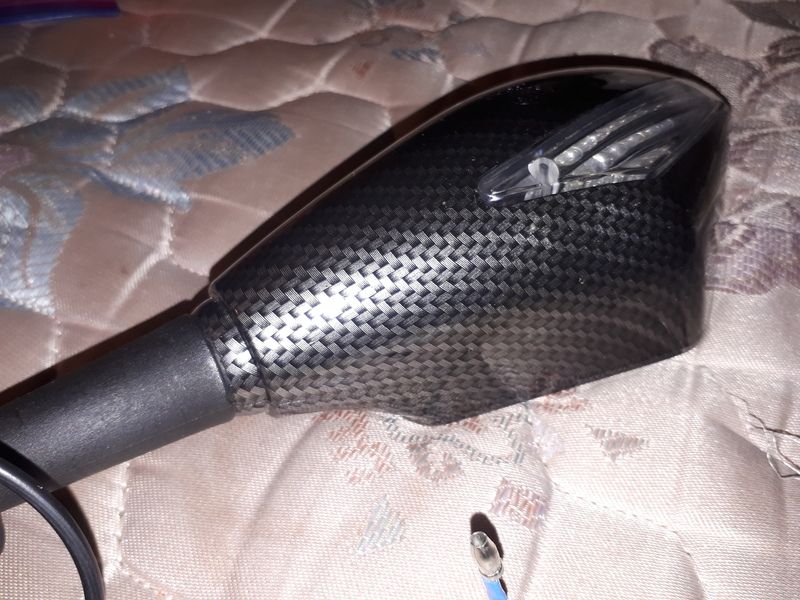








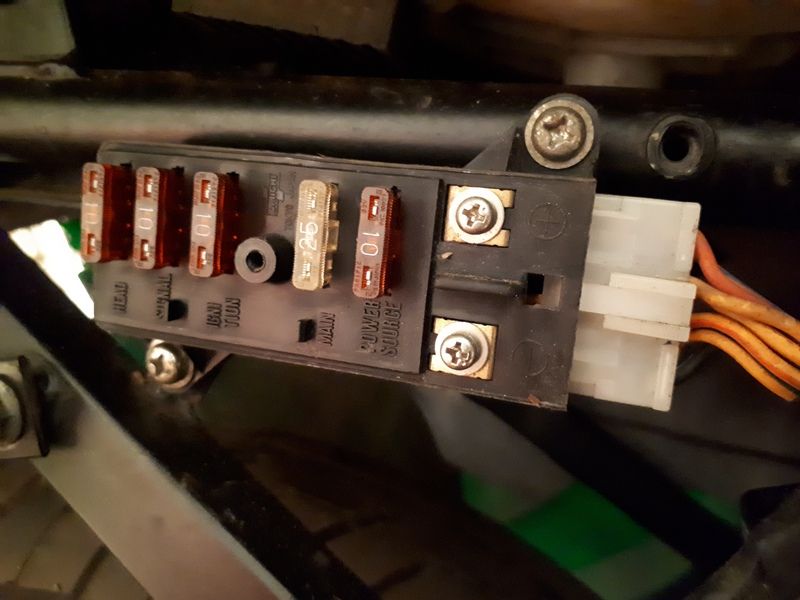
Comment